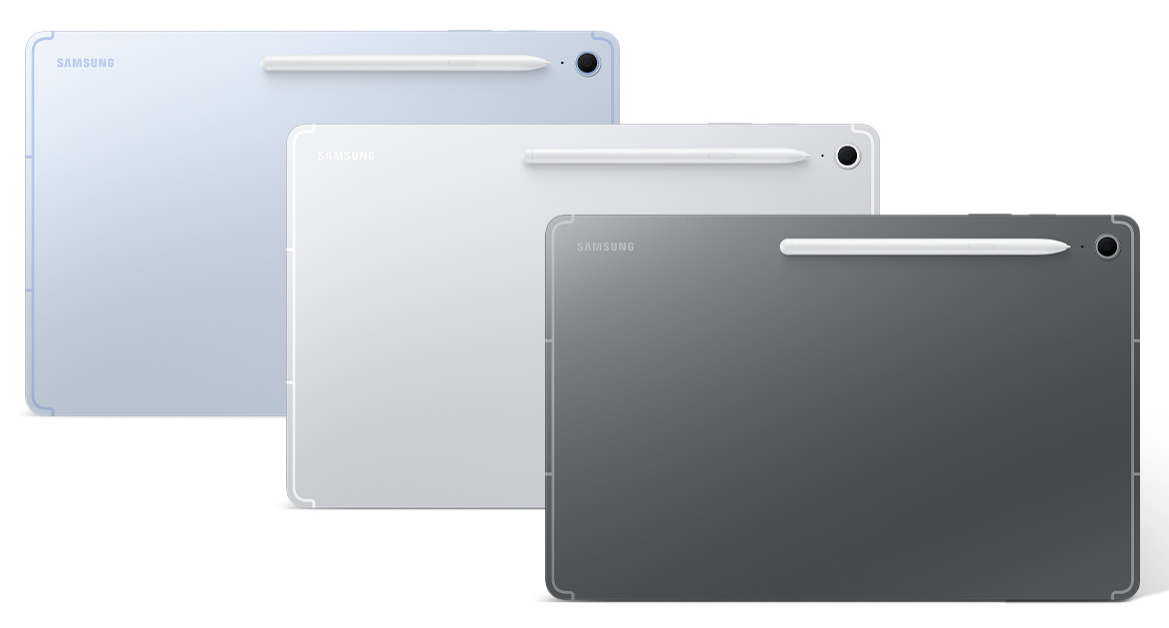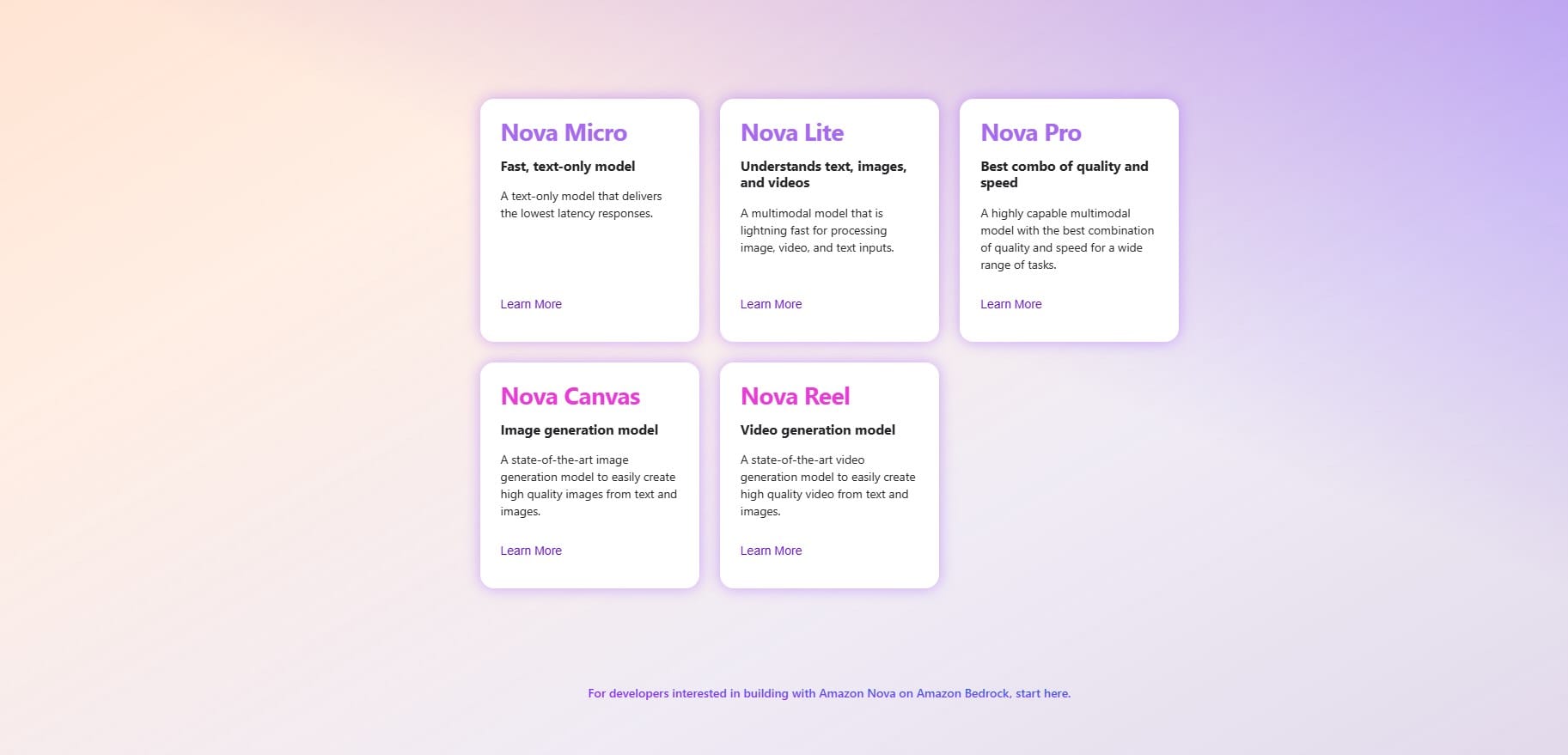Google launched the Android One devices in India just a few days ago and the devices are already being sold like hot cakes. Google aims at offering high quality devices and pure Android experience with a pocket friendly price tag through Android One initiative. Though Google initially announced that the Android One devices will fall under the Sub-$100 category, the devices were actually slightly over the $100 margin which is not a great deal. The release of the Android One Kernel Sources further sweetened the pot by giving developers room to play around with these super affordable android devices.
Now, the Mediatek’s US development VP Mr. Mohit Bhushan has speculated that the Android One devices are going to hit the 2 million mark by the end of 2014.
We expect 1.5-2 million Android One handsets to be sold this year in India – Mediatek’s VP Mohit Bhushan
Mediatek is the chipset partner for the initial iteration of the Android One devices. The Android One devices are delivered with Mediatek’s MT6582 Quad-Core chipset based on ARM Cortex A7 architecture which is promised to deliver superior multi-tasking abilities and greater power to support the needs of the user. Mediatek is known for their affordable yet powerful processors that are most prevalent in the Indian markets, so it’s no wonder the initial Android One devices are rolled out with Mediatek chipsets rather than Qualcomm Snapdragon chipsets.
However, the Android One devices may face initial hurdles due to the competition in the budget devices segment. With Motorola’s Moto E priced at INR 6999 and the Redmi 1S priced at INR 5999 the budget devices section is sensationally tense. Moto E is keeping up the sales even months after its release and the Redmi 1S is breaking records with frequently going Out of Stock with in seconds. The superior quality of the Moto E and the High-end specs of the Redmi 1S are the biggest hurdles the Android One devices are going to face.
But the promised immediate updates to the Android One devices is the deal breaker in the budget section. This gives a clean lead to the Android One devices over its competitors as Redmi 1S is stuck with the older Jelly Bean version and the Moto E will receive Android L update only after the Android One devices. Android One devices will also have a huge development scope as the kernel sources are released unlike Redmi 1S which has no kernel sources released.
The further iterations of the Android One devices may hit with more high-end features and premium quality with several hardware partners like HTC, Qualcomm joining hands with Google to participate in the Android One initiative. So we expect that the Android One sales will be higher than the existing devices in the budget section in the longer run due to faster updates, premium features and most importantly bloatware free experience.
So it’s no exaggeration that the Android One devices will hit 2 million hits in 2014 alone. With the Android One success, it is also possible that Google may take initiative to launch high-end devices with promised updates in the mid-range category which will definitely cause ripples in the Smartphone world.
Via Times of India











Discussion